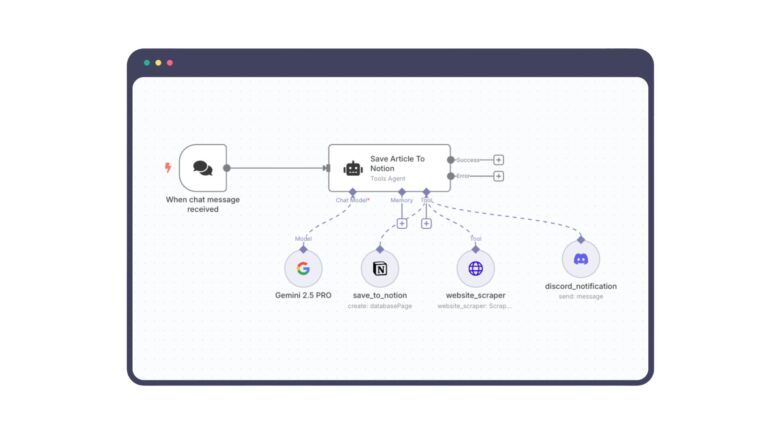“Zero Trust isn’t a product you buy—it’s a mindset shift. It forces organizations to move from ‘trust but verify’ to ‘never trust, always verify,’ ensuring that access is always context-aware, least-privileged, and dynamically enforced.”
The End of Implicit Trust
For decades, enterprises operated under a “castle-and-moat” security model—where once inside the network, users and devices were implicitly trusted. But in today’s hyper-connected world, that approach is dangerously obsolete. Zero Trust flips the script, assuming that every request, user, and device is a potential threat until verified.
Think of Zero Trust like an airport security checkpoint. Just because someone has a ticket doesn’t mean they are automatically allowed through. They must go through multiple layers of screening—identity checks, baggage scans, and behavioral monitoring—before they can proceed. Similarly, Zero Trust requires continuous verification at every access point, ensuring that even legitimate users don’t become security risks.
This isn’t just an industry buzzword; it’s a fundamental shift in cybersecurity philosophy. And if your organization hasn’t embraced Zero Trust yet, you’re already playing catch-up.
The Cracks in Legacy Security Models
Legacy security models relied heavily on firewalls, VPNs, and traditional perimeter defenses. But the modern enterprise is borderless:
✔ Employees access corporate resources from anywhere.
✔ Cloud applications extend beyond internal data centers.
✔ Supply chains introduce third-party risks.
✔ Insider threats remain an unpredictable risk vector.
Threat actors no longer need to breach a firewall; they exploit weak identities, compromised credentials, and poor segmentation. Once inside, lateral movement allows them to navigate networks undetected—leading to catastrophic breaches.
Breaking Down Zero Trust: The Core Pillars
Zero Trust isn’t a single technology—it’s an architecture built on key principles:
1. Verify Identity at Every Step
- Enforce strong, risk-based authentication (MFA, biometrics).
- Leverage identity threat detection and response (ITDR).
- Adopt continuous authentication, not just at login.
2. Least Privilege Access
- Implement just-in-time (JIT) access and role-based controls.
- Limit lateral movement with microsegmentation.
- Apply zero standing privileges (ZSP) to eliminate persistent access.
Think of your network like a house with smart locks on every room. Instead of giving someone a single key that grants them access to the entire house (traditional security), Zero Trust ensures that each door requires separate verification. If a person only needs access to the kitchen, they shouldn’t be able to enter the bedroom or office. This granular control minimizes risks and limits the spread of intrusions.
3. Assume Breach Mindset
- Monitor user behavior with UEBA (User and Entity Behavior Analytics).
- Automate response with AI-driven threat detection.
- Encrypt data in transit and at rest.
How to Get Started with Zero Trust Today
1️⃣ Map your attack surface – Identify users, apps, and devices accessing critical data.
2️⃣ Enforce identity-first security – Deploy strong authentication and authorization controls.
3️⃣ Segment everything – Implement microsegmentation to prevent lateral movement.
4️⃣ Adopt continuous monitoring – Use AI and automation to detect anomalies in real time.
5️⃣ Shift security left – Build Zero Trust principles into DevSecOps workflows.
The Future: AI + Zero Trust = Cyber Resilience
With AI-driven threats on the rise, Zero Trust alone won’t be enough—organizations must pair it with adaptive AI-driven security that proactively detects, predicts, and mitigates risks before they escalate.
Final Thoughts: Zero Trust Is Not Optional
Organizations that fail to adopt Zero Trust are leaving the door wide open for cyberattacks. The reality is simple:
🚀 The future of cybersecurity is identity-first, perimeter-less, and AI-driven.
Key Takeaways:
- Traditional Security Models Are Obsolete
- The perimeter-based security approach no longer works in today’s cloud-first, hybrid work environment.
- Threat actors easily exploit weak identity controls and move laterally within networks.
- Zero Trust Is a Mindset, Not a Product
- Zero Trust is not a single technology—it’s a framework enforcing least privilege, continuous verification, and assumes breach.
- Organizations must move from “trust but verify” to “never trust, always verify.”
- Core Principles of Zero Trust
- Verify identity continuously – Strong authentication (MFA, biometrics, ITDR) is critical.
- Limit access strictly – Implement least privilege, just-in-time (JIT) access, and microsegmentation.
- Assume breach – Proactively monitor threats with AI, UEBA, and automated responses.
- Zero Trust Adoption Is Growing Across Industries
- Large enterprises like Google, Microsoft, and Cisco have implemented Zero Trust architectures.
- Governments, including the U.S. Federal Zero Trust Strategy, mandate Zero Trust implementation.
- Barriers to Zero Trust Adoption Exist—but Are Surmountable
- Challenges include legacy infrastructure, lack of executive buy-in, and misconceptions that Zero Trust is just a tool.
- Organizations should take a phased approach—starting with identity security, segmentation, and continuous monitoring.
- The Future: AI-Driven Zero Trust for Cyber Resilience
- Zero Trust alone isn’t enough—AI-driven threat detection and automation are the next frontier.
- Organizations that fail to implement Zero Trust increase their risk of breaches and compliance violations.
Final Thought
Zero Trust is no longer optional—it’s the foundation of modern cybersecurity. The question is not whether to adopt it, but how fast you can implement it before attackers exploit the gaps.
Are you ready for the Zero Trust era?







